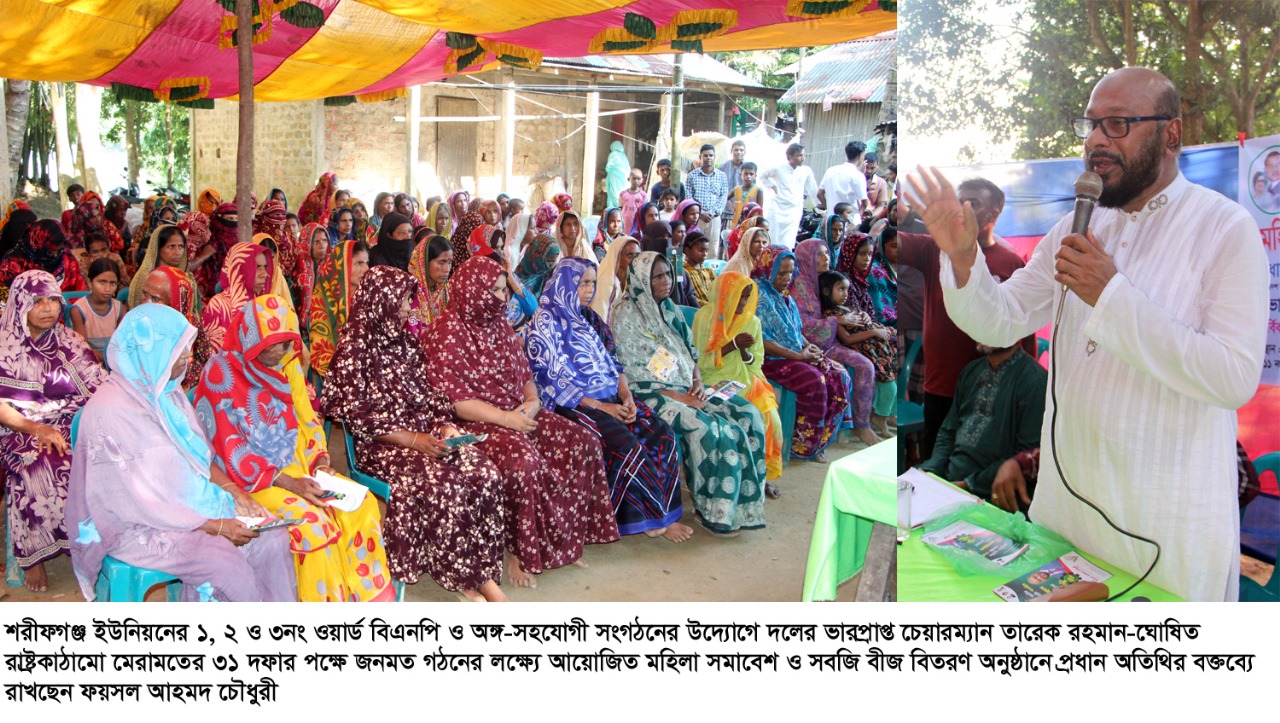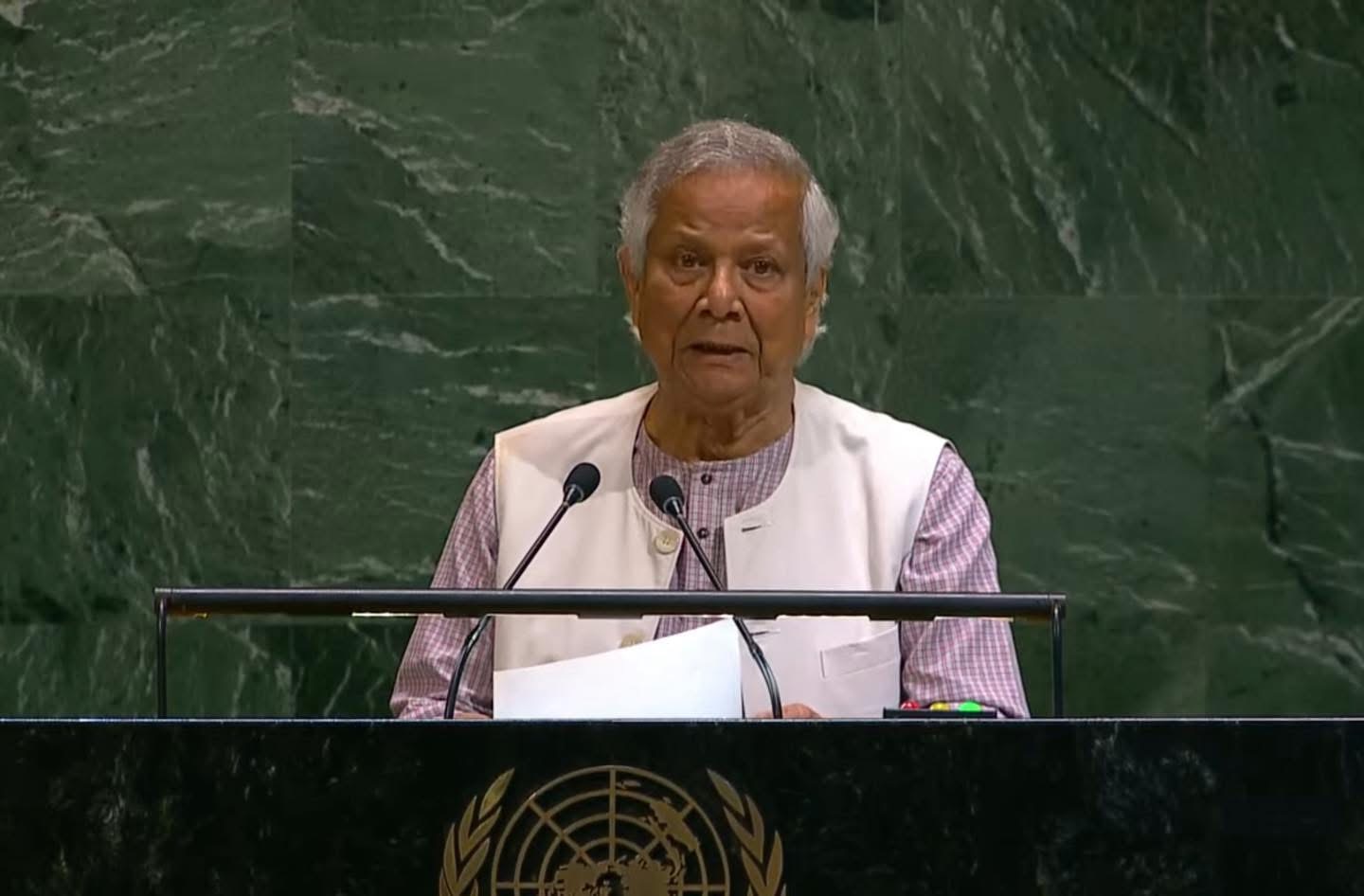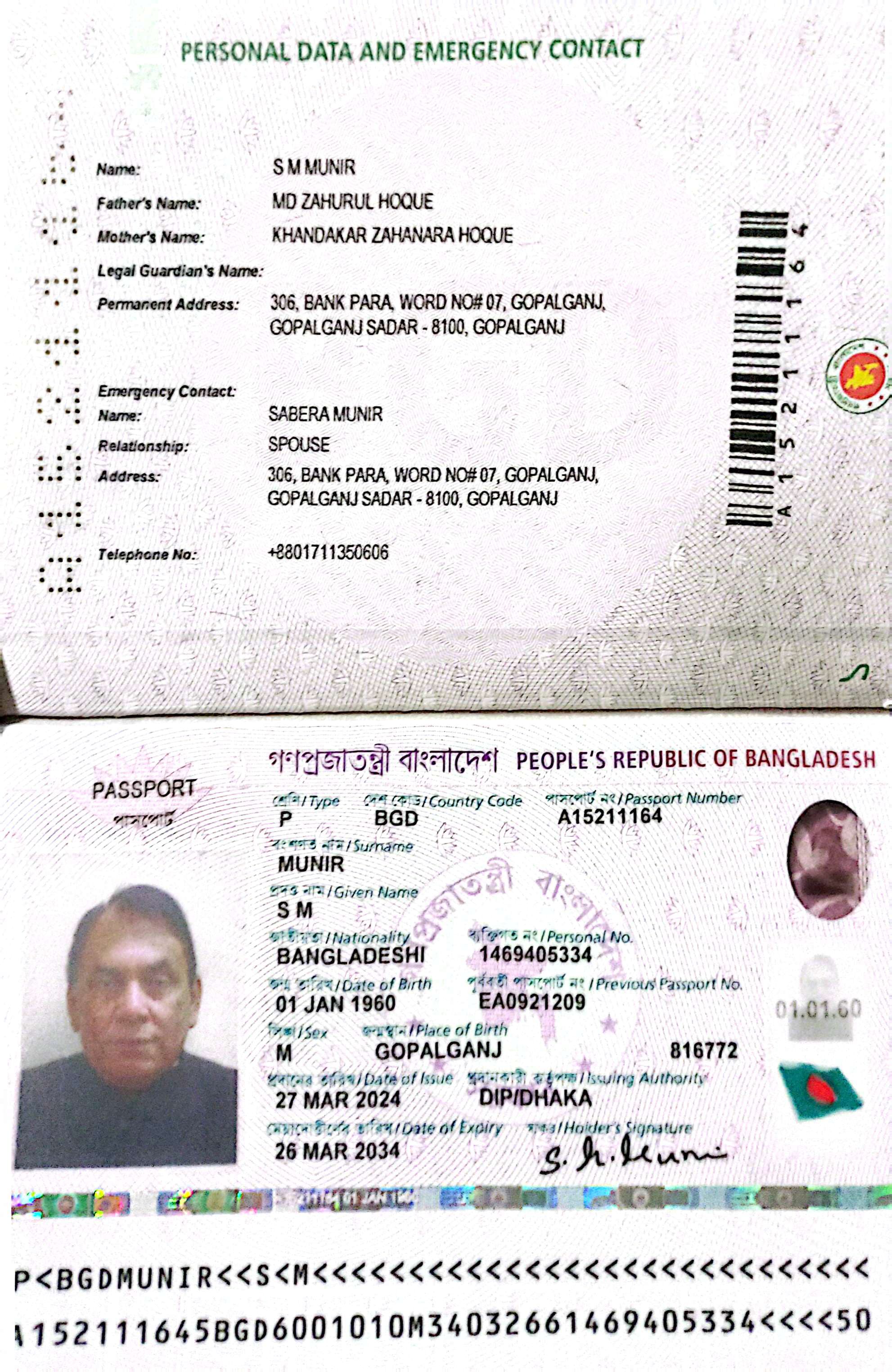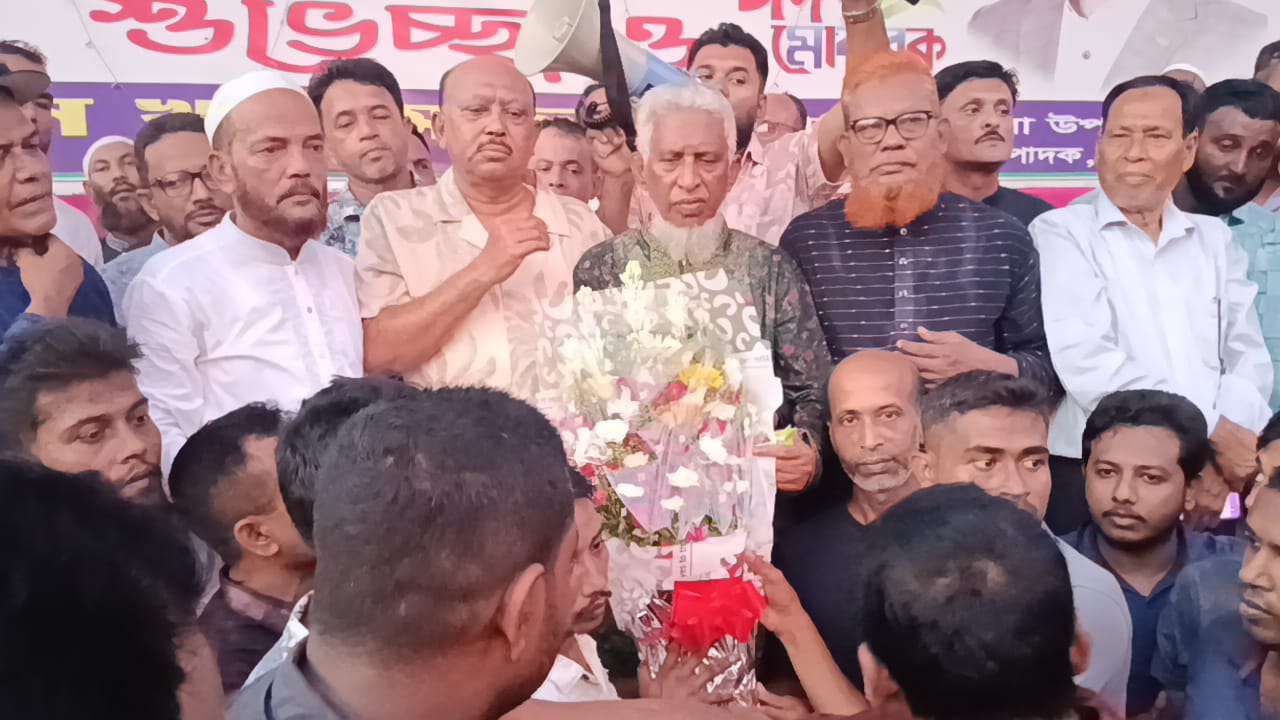
City commuters in Dhaka have already started enjoying metro rail facility in their daily movement since the first mass rapid transit line 6 was inaugurated in the city's Uttara-Motijheel corridor in December 2022. The 20.1 kilometre MRT 6 alignment has been developed elevated and sufferings of the city people were uncountable though Dhaka Mass Transit Company limited tried to lessen with very limited scope in the congested and unplanned development. Now another MRT is under process of implementation and it will be the first understand metro for the commuters. MRT line 1 will have.. Km underground and its work will be carried through tunnel boring machines (TBM) without disturbing people and vehicle movements above. The country is set to get the TBM for the first time in the road physical infrastructure development work.
Tunnel Boring Machine:
A tunnel boring machine (TBM) is a machine used to excavate tunnels. Tunnel boring machines are an alternative to drilling and blasting (D&B) method and Cut and cover method. TBMs limit the disturbance to the surrounding ground and produce a smooth tunnel wall. But TBMs are expensive to construct. TBM-bored tunnel cross-sections range from 1 to 17.6 meters to date. Tunneling speed has increased greatly in recent decades and now can reach up to 200 m per week.
TBMs typically consist of a rotating cutting wheel in front, called a cutter head, followed by a main bearing, a thrust system, a system to remove excavated material (muck), and support mechanisms.
TBMs Type based on wall: Shield type and Beam Type. Shielded TBMs are typically used to excavate tunnels in soil. They erect concrete segments behind the TBM to support the tunnel walls.
Shield Type: Gripper, Single and Double. A single-shield TBM has a single cylindrical shield after the cutting head. A permanent concrete lining is constructed immediately after the shield, and the TBM pushes off the lining to apply force to the cutter head. Because this pushing cannot be done while a next ring of lining is being constructed, the single-shield TBM operates in alternating cutting and lining modes.
Tunnel-face support methods: Earth Pressure Balance and Slurry. Earth pressure balance (EPB) machines are used in soft ground with less than 7 bar (100 psi) of pressure. It uses muck to maintain pressure at the tunnel face. The muck (or spoil) is admitted into the TBM via a screw conveyor. By adjusting the rate of extraction of muck and the advance rate of the TBM, the pressure at the face of the TBM can be controlled without the use of slurry. Additives such as bentonite, polymers and foam can be injected ahead of the face to stabilize the ground. Such additives can separately be injected in the cutter head and extraction screw to ensure that the muck is sufficiently cohesive to maintain pressure and restrict water flow. EPB has allowed soft, wet, or unstable ground to be tunneled with a speed and safety not previously possible. Most new metro tunnels completed in the last 20 years worldwide were excavated using this method.
Shield Tunnel Method
1. Overview of Shield Tunnel Method
1.1 Features of the shield construction method
1. The shield tunneling method was invented in the UK about 150 years ago for the construction of undersea tunnels on the River Thames. Since then, it is one of the tunnel construction methods that have already been established.
2. Construction is possible for a wide range of ground conditions, from hard ground to soft ground.
3. Since there is no need to excavate from the ground level except for the shaft part, it is suitable for construction in urban areas with many obstacles. For this reason, Shield Tunnel method have a lot of experience in tunnel construction in urban areas.
1. Construction method overview
1.2 Advantage
1. Except for the launching and arrival shafts, no excavation work is done, so there is no occupation of the above-ground part. (No utility diversion required)
2. High quality and uniform quality can be ensured because the tunnel is assembled and constructed from precast segments.
1.3 Disadvantage
1. There is concern that noise, vibration, and traffic congestion will continue to occur around the launching shaft area during the construction period due to the concentration of materials, construction equipment, and construction vehicles to this area (Launching shaft).
2. If the soil cover is small, the ground surface will subside and rise, and depending on the groundwater level, the tunnel will rise.
⇒Shield tunnel method cannot be applied to small overburden areas.
2. Tunnel Boring Machine (TBM)
2.1 Classification of shield method
Open Shield TBM:
(1) Open Shield
(2) Closed Face Type Shield
(a) Earth Pressure Balance Shield
(b) Slurry Pressure Balance Shield
(1) Open Shield: -
Applicable under the following conditions:
✓ No groundwater
✓ Excavation face can self stand
⇒There is a high risk of land subsidence, and it is practically not adopted now.
(2) Closed Face Type Shield: -
Applicable on almost all ground conditions
2. Tunnel Boring Machine (TBM)
2.1 Slurry Pressure Balance type
2.2 Earth Pressure Balance type
2. Tunnel Boring Machine (TBM)
TBM shape
Slurry Pressure Balance Shield
Earth Pressure Balance (EPB) Shield
Balance of excavation face: -
2.1 Slurry Pressure Balance Shield
Controlled by the slurry pressure in the chamber with a pump
2.1 Earth Pressure Balance (EPB) Shield
Pressure control of mixing excavated soil with a screw conveyor
Features of TBM type: -
2.1 Slurry Pressure Balance type
A yard that is about 30% wider than EPB shield is required due to the need to arrange a slurry treatment plant.
2.2 Earth Pressure Balance (EPB) Shield:
In recent years, the number of cases of adoption has increased.
TBM adoption trends in recent years:
The adoption of EPB is increasing as the excavation face soil pressure control technology has been established.
2. Tunnel Boring Machine (TBM)
2.2 Construction procedure of TBM
Backfill grouting
Excavation soil
Move TBM while excavating and injection the backfill grouting to the tail void
2. Tunnel Boring Machine (TBM)
Move while excavating
Assembling the segments
Excavation soil
2. Tunnel Boring Machine (TBM)
Excavation soil
3. Tunnel Segment
3.1 Classification of Tunnel Segment
RC Segment
Steel Segment
Composite Segment
Photos
Applicable place
General section
Need cutting part after assembling segments
EX. Sump pit part
Heavy load part
3. Tunnel Segment
3.2 Classification of Segment Joint
One Pass Segment:
Maintenance-free
Diagonal Bolt Segment: -
Future corrosion due to exposed bolts
Bent Bolt Segment: -
Future corrosion due to exposed bolts
3. Tunnel Segment
3.3 One-Pass Joint (Line1 is applied as an advance technology)
Features (Benefits)
1. Ensuring high assembly accuracy
・High roundness of segment ring.
・Almost no water leakage.
2. Reduction of assembly time
・Slide fastening of segment.
・Suitable for rapid construction
3.Segment with smooth inner surface
・Metal joints are not exposed, so maintenance-free.
4.Suitable for automatic assembly
・Bolt supply is unnecessary.
4. Construction system: -
Portal crane
Segments stock yard
Soil hopper
Power receiving equipment
Backfill plant
TBM
Muck car
Belt conveyor
Battery locomotive
Dump truck
Vertical Belt conveyor
Launching shaft
5. Risk of Shield Tunnel Construction and Countermeasure: -
Shield method is a construction method with less risk than other construction methods because it is automated, but it shows possible risks and countermeasures.
※ Other construction method: Cut & Cover tunnel method, Mountain Tunnel method, Immersed tunnel method
5.1 Ground subsidence (sinking)
【Situation requiring attention】
◆ Excavation in soft ground.
◆ Excavation in sandy soil with high groundwater level.
◆ High speed construction.
【Generating mechanism】
◆ Excessive uptake of excavated soil
【measures】
◆ Face pressure management (Management of intake amount of excavated soil).
5. Risk of Shield Tunnel Construction and Countermeasure: -
[Factors of ground subsidence]
* Disturbance of the soil pressure balance of the face
⇒ Excessive uptake of excavated soil
[Measures]
* Excavation face pressure Management
→ Management of intake amount of excavated soil and TBM moving speed have to balance.
Soil Pressure
Operating speed of jack and screw conveyor
A (Water Pressure + Soil Pressure) = B (TBM Mud Pressure)
⇒ Carefully manage the operating speed of jacks and screw conveyors.
TUNNEL BORING MACHINE (TBM)
Launching of the TBM
* Preparatory steps required before launching a TBM into the tunnel, such as site setup and equipment readiness.
* Process of launching the TBM into the tunnel includes lowering the TBM into the tunnel shaft and initiating tunneling operations.
* The duration for TBM launching typically ranges from 1 month, considering factors like site conditions and equipment setup.
Tunneling Speed per Day
* Factors influencing tunneling speed include ground conditions, TBM type, and operational efficiency.
* Typical speed range for TBMs in silty clay soil ranges from 10 to 20 meters per day, depending on the TBM’s specifications and project requirements.
Duration for Designing the TBM
* Factors influencing design duration: Project requirements, technological complexity, soil properties, depth of tunnel and regulatory compliance
* The duration for designing a TBM typically is about 4 to 6 months
Duration to Manufacture the TBM
* The activities involved in manufacturing a TBM are fabrication, assembly, and quality assurance.
* The manufacturing of a TBM usually takes about 8 to 12 months, considering factors like customization and production capacity.
Duration to Assemble the TBM
* The process of assembling a TBM, including pre-assembly preparations and on-site or off-site assembly.
* The assembly of a TBM typically takes about 2-3 months, depending on factors such as complexity and logistical considerations.
Md. Abul Kashem Bhuiyan
Project Director
Dhaka Mass Rapid Transit Development Project ( Line-1)

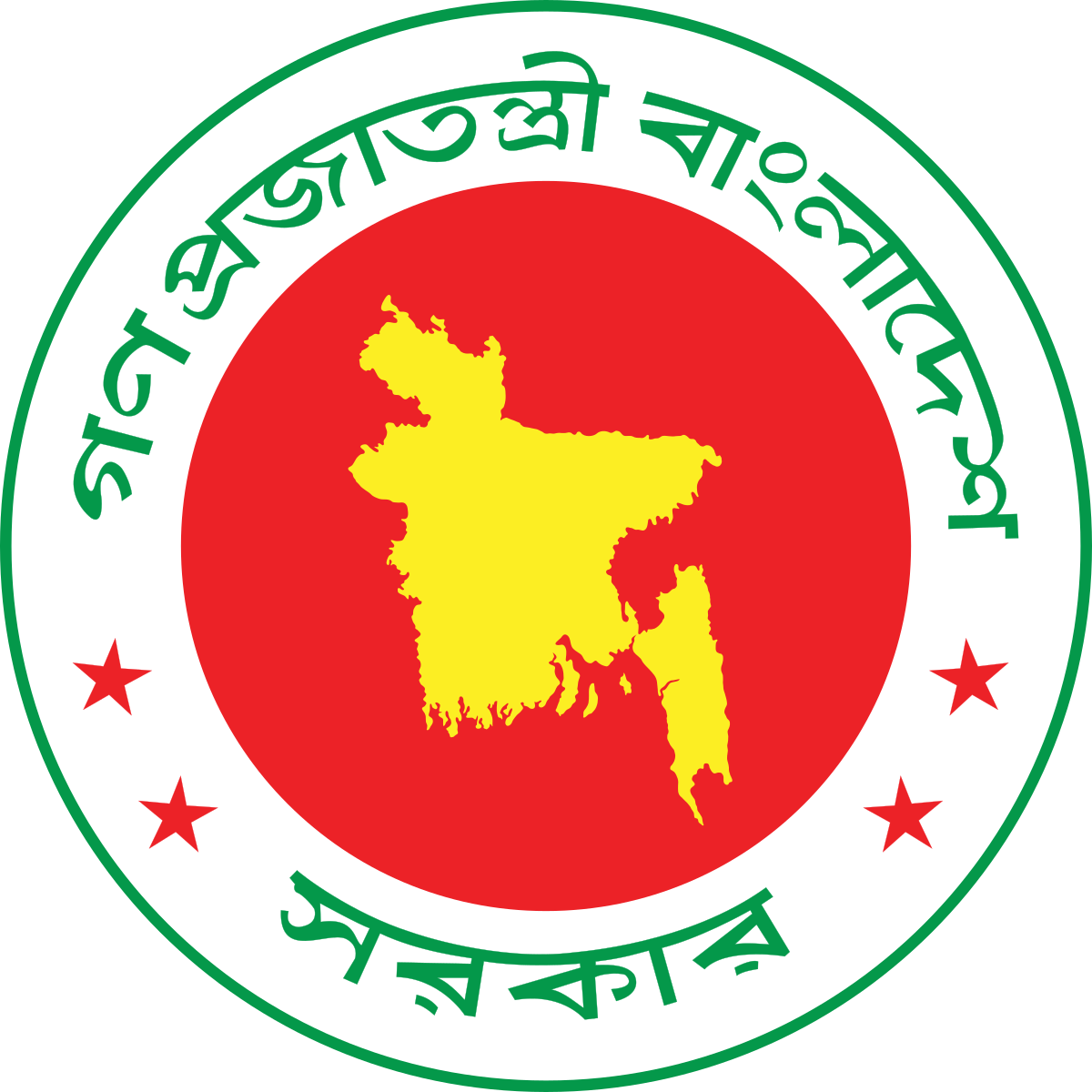 গণপ্রজাতন্ত্রী বাংলাদেশ সরকারের তথ্য ও সম্প্রচার মন্ত্রণালয়ের অনুমোদন প্রাপ্ত নিউজ পোর্টাল
গণপ্রজাতন্ত্রী বাংলাদেশ সরকারের তথ্য ও সম্প্রচার মন্ত্রণালয়ের অনুমোদন প্রাপ্ত নিউজ পোর্টাল





